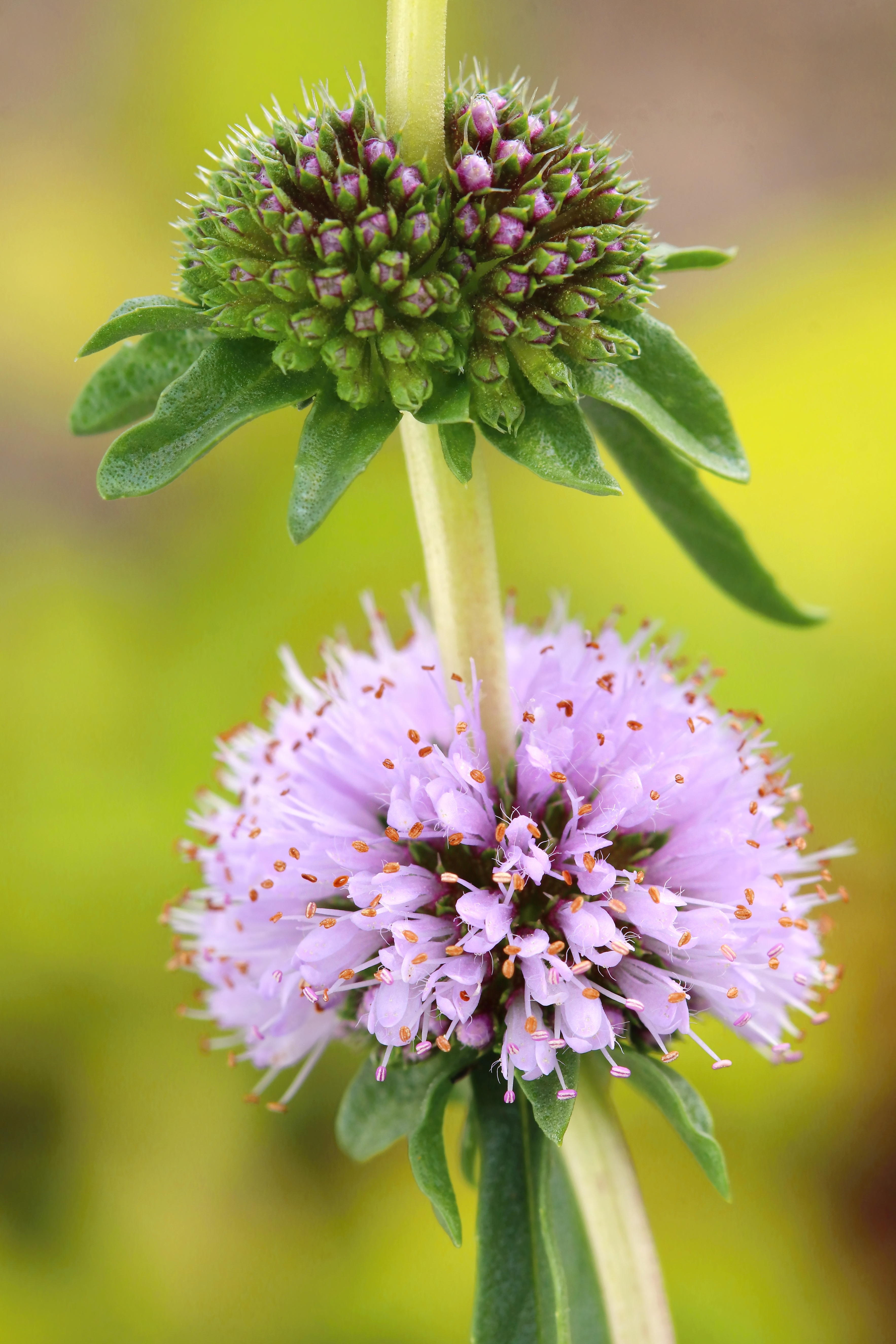Hart's pennyroyal
(Mentha cervina)

Description
Mentha cervina, commonly known as hart's pennyroyal, is a perennial herbaceous plant of the Mentha (mint) genus. It is native to the western Mediterranean Sea region, growing naturally from southwestern France to the Iberian Peninsula, and south to Azores, Morocco and Algeria. Its common name reflects a traditional association with the separate species Mentha pulegium or pennyroyal. The plants were associated due to their shared high pulegone content, which gives them both a distinctive, strong aroma. A sprawling herb growing up to 30 cm tall, Mentha cervina has been used both whole and as its essential oil in a variety of culinary and traditional medical contexts. More recently, research has examined its constituent chemicals' potential antioxidant, antibacterial and antifungal abilities. Due to overall declines in its population and localized extinctions, Mentha cervina has been assessed as a Near Threatened species on the IUCN Red List. Sources differ whether Mentha cervina grows from 30 centimeters tall or to as much as two feet tall. The plant has slender, lance-shaped aromatic leaves. Its bracts are palmate, with stamina longer than the corolla. It produces pale blue to lilac flowers in large, dense, many-flowered whorls. The plant produces few seeds, so most reproduction is done vegetatively by rhizome. Mentha cervina can be distinguished from other species within the genus Mentha by several traits. Its bractales are digitately lobed, as distinct from other Mentha species which are simple. Whereas most Mentha species have five calyx lobes, Mentha cervina has only four. Most Mentha species have calyx lobes with an acute apex, but Mentha cervina has whitish apical spines on each lobe instead, a trait it shares only with Mentha gattefossei. Mentha cervina may also be distinguished by its fine and small leaves. Phylogenetic studies have determined the plant to have diploid chromosomes. Two different surveys in the 1970s found that Mentha cervina had a gametic chromosome count of 2n = 36. Chambers & Hummer's analysis of the Mentha collection of the USDA concurred with this count. Tucker & Naczi's 2006 work on the other hand suggested a count of 2n = 26. Bunsawat's 2002 study found a genomic chromosome count of x = 12. While Mentha species' essential oil composition often varies significantly within species, researchers have found especially homogenous chemical constituent chemotypes in populations within Portugal.
Taxonomic tree:







